Allen’s keynotes is one of the simplest books in homoeopathy, yet one of the most complicated ones as most people don’t know how to use it.
Whatever I know about Allen’s keynotes is mainly due to the two mentors of mine, Dr. Vijay Vaishnav and Dr. Sunirmal Sarkar. These two are the people who really taught me from the basics how to Master Allen’s keynotes.
Hereby, sharing the same with you!
My first experience of watching Allen’s keynotes in practice was a case of Pyrexia of Unknown Origin(PUO), where the patient would get feverish only at night when he would be asleep. No antibiotics were helping. He would become frightened by fire crackers.
The homoeopath was giving him Belladonna and Phosphorus. He finally came to Dr. Vijay Vaishnav, and I was thinking “What could be the remedy?” Then, Dr. Vaishnav told me to find the most peculiar thing which is heat only at night when he would be sleep.
The remedy which has this peculiarity is Sambucus.
That keynote is the basis of everything. One can learn different repertories, different Materia Medica’s, different methods but the basic thing one needs to know is Allen’s Keynotes.
How To Use This In Practice And How To Study Allen’s Keynotes:
In every remedy the first few lines of the keynotes is very important.
For example: Remedy for injury when the patient is not better after symphytum/ hypericum/ arnica?
- Importance of the Sphere of Action and the Anatomy:
For e.g. – Medorrhinum
The Medorrhinum- patient comes with complaints of rheumatism/gout but the origin is a sycotic one. That means there has been a history of recurrent urinary tract infection or a sexually transmitted disease and that has caused the end product as written here.
- Importance Observation and clinical examination:
For example, I remember a case of tonsillitis with the uvula being spherical in shape, no redness, just swelling present.
One needs to start thinking which is the remedy with swelling of the uvula but no redness.
- Exciting factors:
- Coma after measles.
- Conjunctivitis after injury
- Sleep posture:
E.g. Child needs to keep his feet crossed while sleeping-Rhododendron
- Clinical symptoms:
Vision blurred after optic atrophy – Tabacum.
Gems in Allen’s Keynotes
There are many gems in Allen’s keynotes. One needs to pick up the peculiarity, the keynote in the case and then connect it with materia medica.
CASE 1:
This is an acute case of a man with constant vomiting without any apparent cause. He was admitted to hospital. Can’t tolerate anyone talking loudly to him. When he gets emotional – cold shivering. Cannot tolerate slightest noise.
Though Asaram doesn’t have much action on the GIT but the most peculiar symptom of the case overtakes the chief complaint of the patient.
CASE 2:
Acute case of throat pain with constant need for spitting.
CASE 3:
A case of ringworm and excoriation in a fat child. This was due to the friction of walking.
CASE 4:
Case of malaria, with chills and fever
On examination one hand is warm and another is cold.
CASE 5:
Case of corns:The corns are very sensitive and sore and painful when walking. This is not Anti crud as Anti Crud has large horny corns.
The remedy here is Ranunculous Bulbosus.
CASE 6:
Case of Ca breast:Last stage for euthanasia. The only thing she wanted was someone to rub her hand.
The real treasure of Allen’s keynotes: Understanding Relationships of Remedies
The last four lines of Allen’s keynotes are equally important and the secret to a good practice.
CASES:
Remedy complementary to Calendula in Gangrene where Calendula is not helping much.
A case of Baryta Carb who developed acute coryza but no remedy was helping, but got better with Dulcamara [acute of Baryta Carb]
Cough in paroxysms where Cuprum is not much helpful. The remedy to be thought of is Calc as it’s complementary to Cuprum.
Dropsy due to renal failure when Apocynum fails then Blatta cures.
Acute dry cough aggravated by lying down and better by sitting with no other indications– Hyocyamus.
Acute weakness remaining after viral illnesses– Psorinum.
Summary of how to study Allen’s keynotes:
- Read the lines, also, learn to read between the lines.
- Which remedy is given next to the indication in brackets
- Relationship of remedies.
- The main indication of the remedy is often given in another remedy’s Materia Medica.


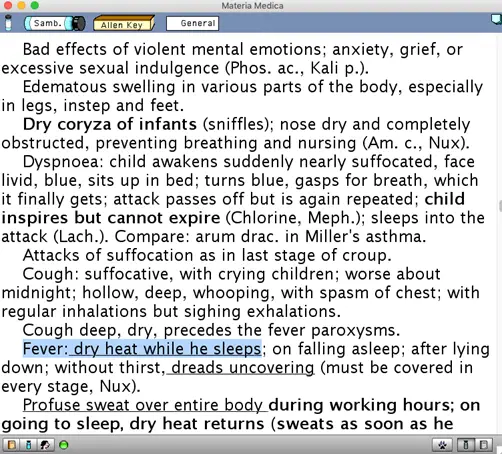
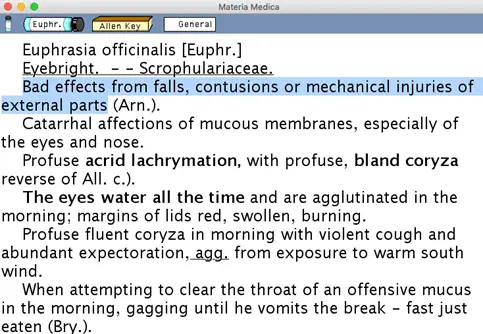


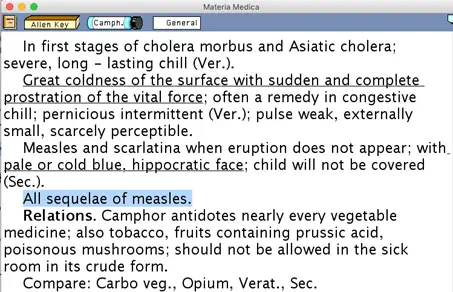
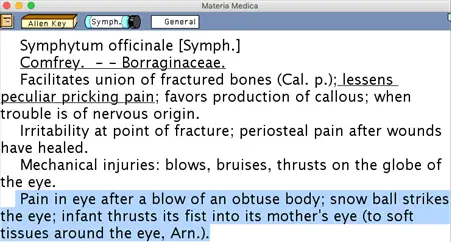

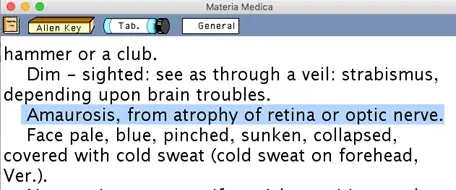


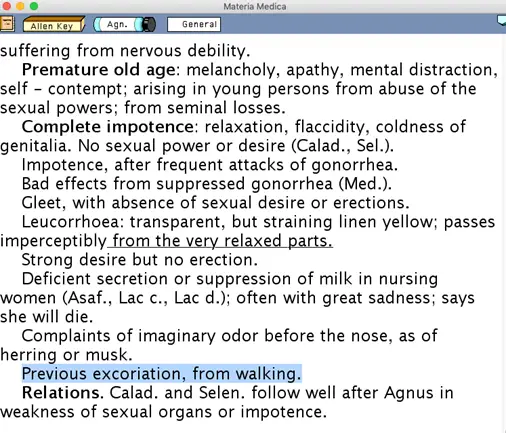
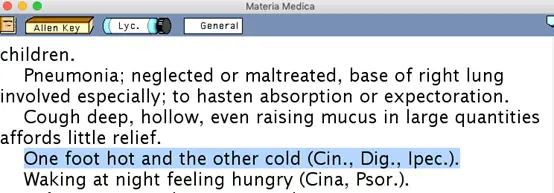
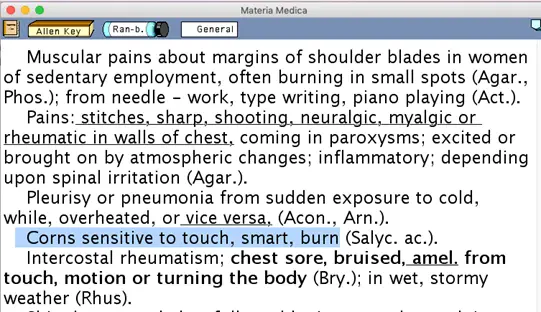
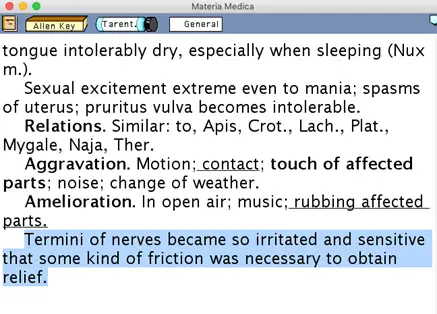
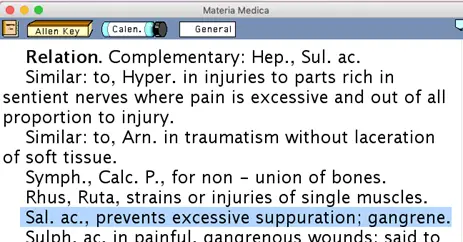
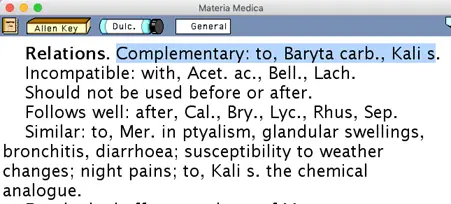
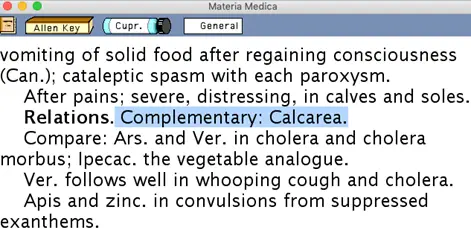
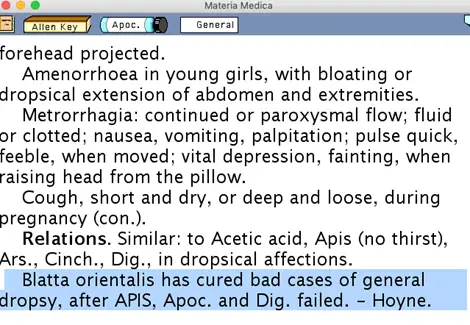
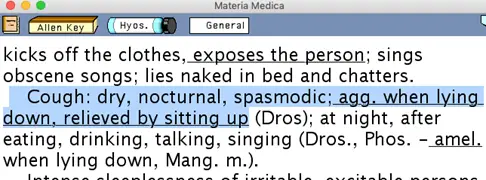
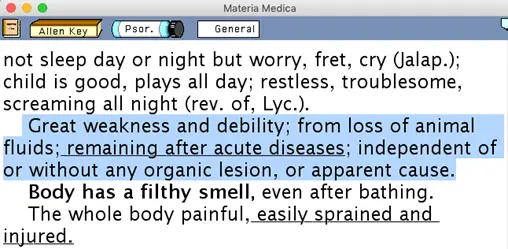
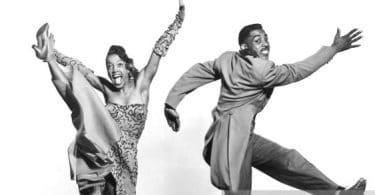



Real gem of Allen’s keynote is reading in between the lines again & again , each time coming with more clarity regarding the drug . Thanks to Dr.Gaurang Gaikwad for sharing his clinical experience with us .
Very nice article, Dr. Gaurang.
Very useful and informative tips
Thanks
very useful guidance. valuable. thanks for your article.
Thank you, Dr. that was helpful.